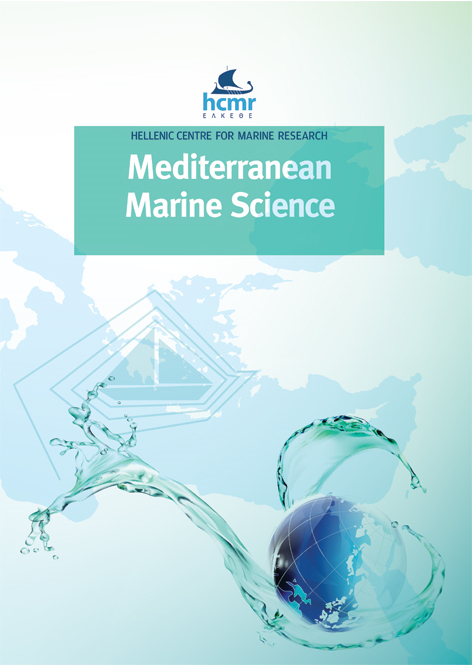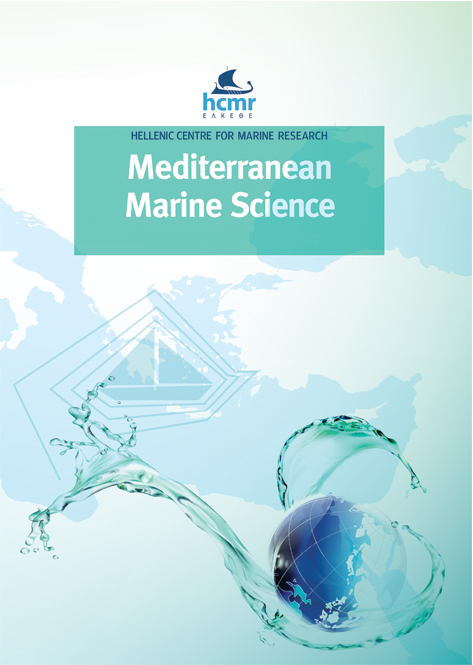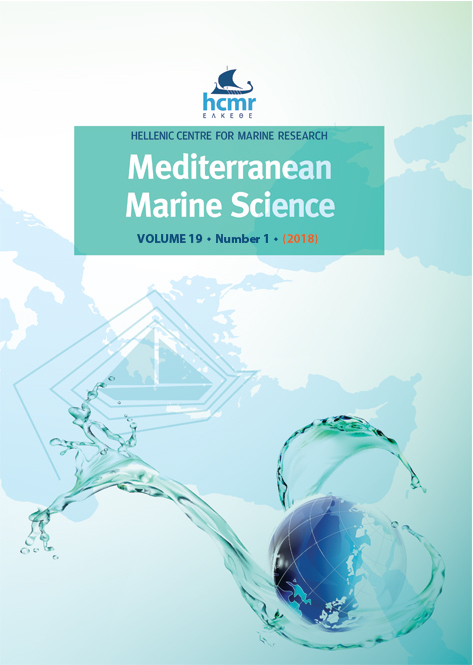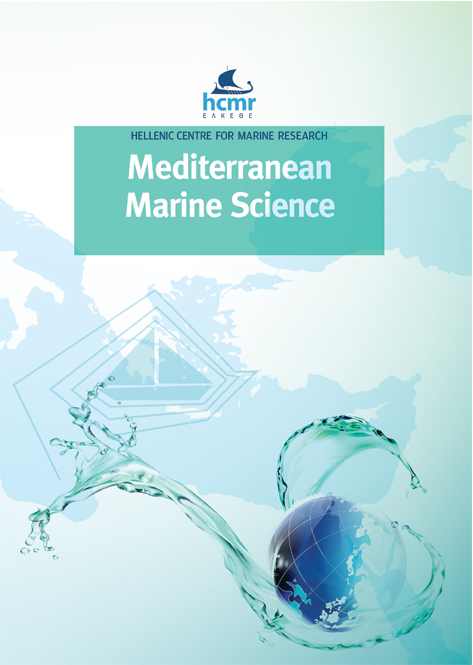First direct evidence of reproductive behaviour of the white grouper, Epinephelus aeneus (Geoffroy Saint-Hilaire, 1817)

Abstract
This study describes the first ever reported direct observation of a pair spawning event and the reproductive liveries of the white grouper, Epinephelus aeneus. Spawning took place on a rocky bank located in the Marine Protected Area (MPA) of Tavolara-Punta Coda Cavallo (NE Sardinia, Italy), in the Western Mediterranean Sea. In the evening of August 4th, 2018, the spawning of two large-sized individuals (~90 cm total length), displaying distinct colour patterns, was observed using SCUBA diving. This direct observation is the first record of E. aeneus male reproductive livery, characterized by a darker coloration on the head, the dorsal part of the body and the caudal fin. In addition, information on the environmental conditions in which reproduction occurred was collected. At the study site, relatively high seawater temperatures were recorded at the time of the E. aeneus spawning (24 °C at 24.7 m), as well as over the 2018 summer months (July-September), even in deep waters (>35 m), compared to previous summers. The spawning event occurred in a coralligenous-dominated seascape where fishing is prohibited, while diving activities are allowed. The site hosts abundant populations of ecologically and commercially valuable fish species (e.g., groupers, sparid fishes), with significant proportions of large-sized individuals (i.e. reproducers). Further studies are needed to advance our knowledge of the white grouper, with a particular emphasis on reproduction and the importance of implementing effective protection measures. Prioritizing management actions at key reproductive sites, such as rocky banks, is essential for ensuring the protection and/or recovery of over-exploited species.
Article Details
- How to Cite
-
DESIDERÀ, E., MAGNANI, L., NAVONE, A., GUIDETTI, P., & MAZZOLDI, C. (2019). First direct evidence of reproductive behaviour of the white grouper, Epinephelus aeneus (Geoffroy Saint-Hilaire, 1817). Mediterranean Marine Science, 20(2), 326–330. https://doi.org/10.12681/mms.19756
- Issue
- Vol. 20 No. 2 (2019)
- Section
- Short Communication
Authors who publish with this journal agree to the following terms:
- Authors retain copyright and grant the journal right of first publication with the work simultaneously licensed under a Creative Commons Attribution Non-Commercial License that allows others to share the work with an acknowledgement of the work's authorship and initial publication in this journal.
- Authors are able to enter into separate, additional contractual arrangements for the non-exclusive distribution of the journal's published version of the work (e.g. post it to an institutional repository or publish it in a book), with an acknowledgement of its initial publication in this journal.
- Authors are permitted and encouraged to post their work online (preferably in institutional repositories or on their website) prior to and during the submission process, as it can lead to productive exchanges, as well as earlier and greater citation of published work (See The Effect of Open Access).








